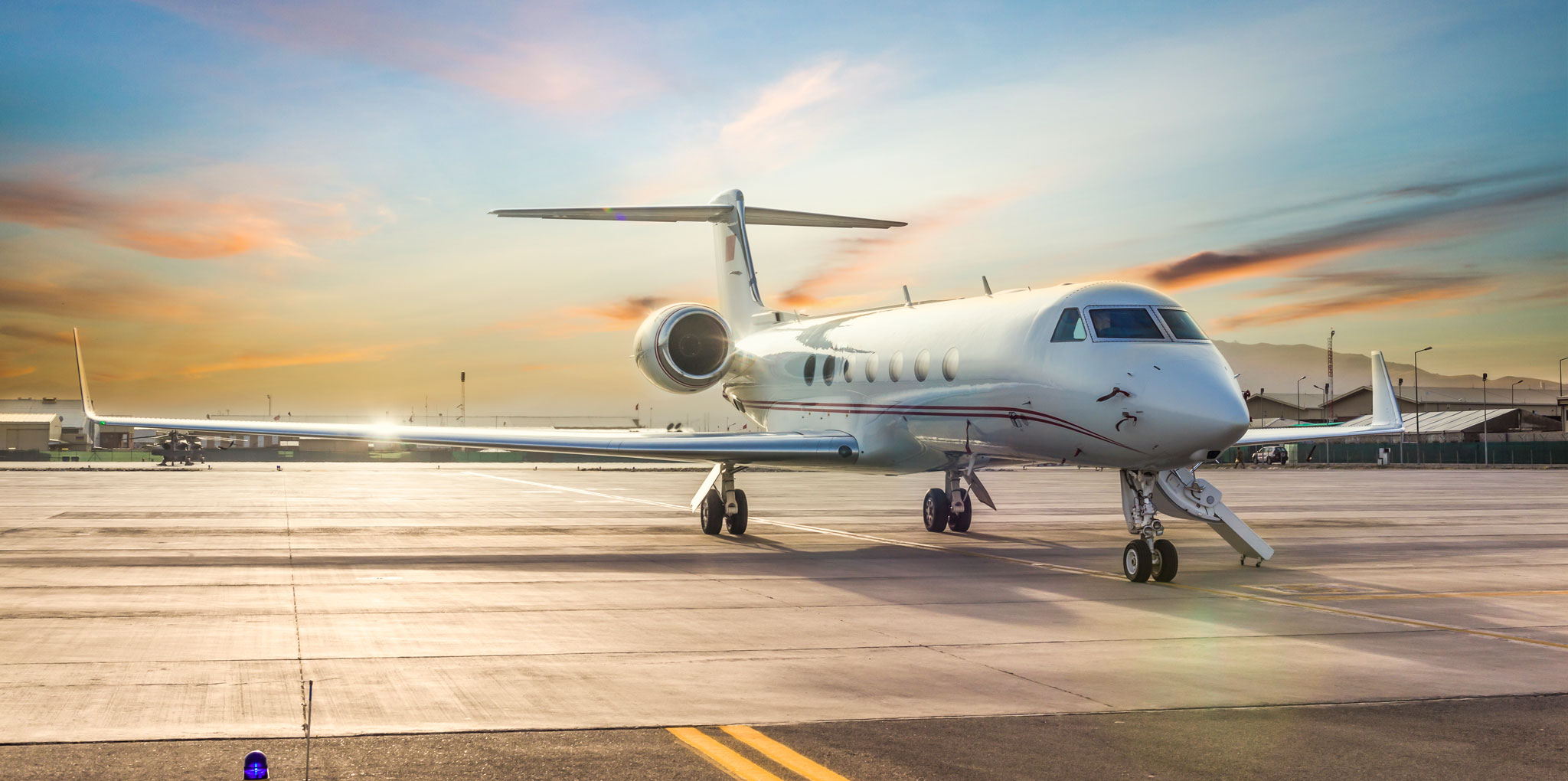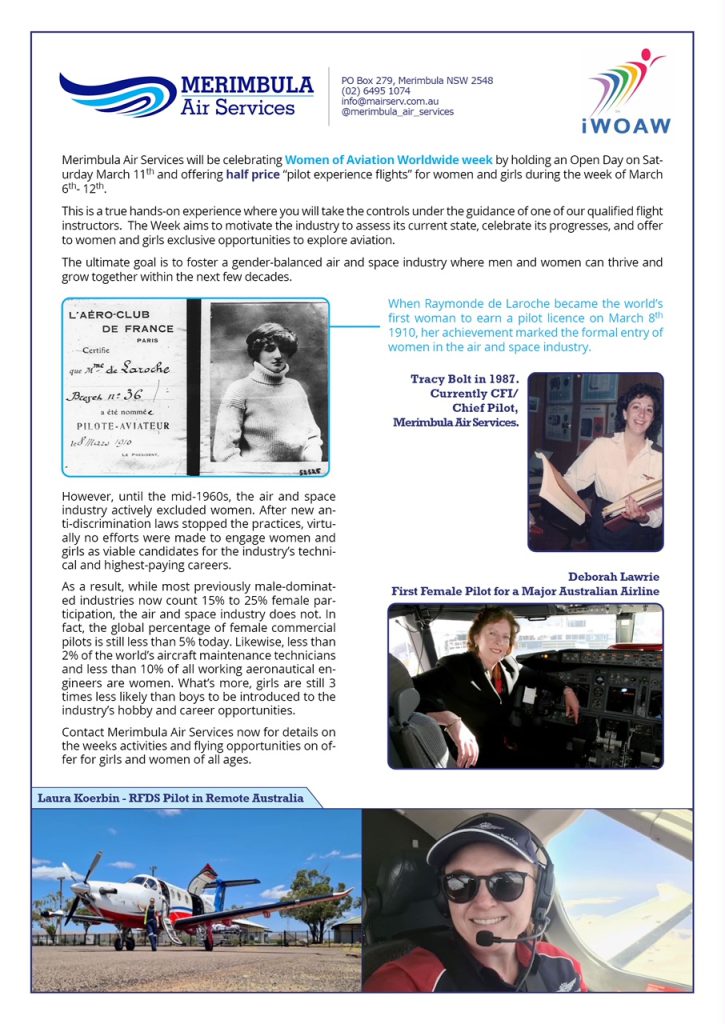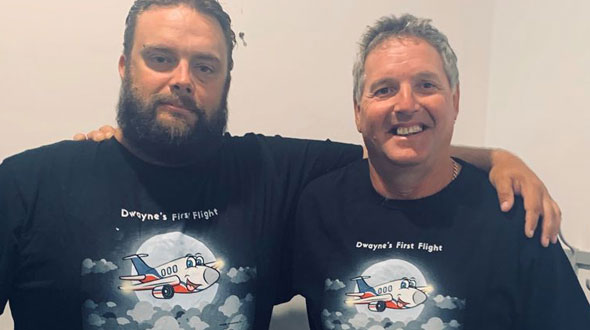Article supplied by IFFR
On the 21st May ‘23 I practiced a few engine failures after take-off, flapless circuits, glide approaches and consolidated the general technique that is operating in the circuit area. My instructor was very impressed and assessed me as ‘solo standard’ in the C172. So, my next lesson, booked in for the 3rd of June, will be a check ride followed by a circuit solo (dependent on the weather of course). Through the week I used some of my savings to purchase my own aviation headset. I am amazed at how good the noise reduction technology is and the difference it makes in the cockpit.
On 5th July ‘23 I flew solo in the 172 for the first time after only 7.9 hours in the aircraft. My instructor was very impressed with my flying and I had compliments over the radio from the tower operator as well as other pilots on the frequency on my landing. They only let me do one solo circuit on the day due to heavy traffic and we were approaching the end of our allocated circuit time. I went back today and flew solo again for approximately 30 minutes. There was a constant 12 knot headwind and gusting to a maximum of a 9 knot crosswind. My instructor still sent me solo and he said if it were any other student, he would have pulled the plug (due to the conditions), and he fact that he let me go nonetheless should be taken as a huge compliment. The landings weren’t as great this time around, but a safe landing is a good landing.
I have flown 9.2 hours with Flightscope aviation on the Brian Condon Memorial Flying Scholarship and I have thoroughly enjoyed every single second in the air. I can see how much I have improved since beginning there. Unfortunately, it appears I will only be able to have one, possibly two more lessons on the funding from the scholarship. However, I will be turning 18 in less than a month and I have already asked my relatives for a bit of money which I will then use to push me over the line to my RPL. I am very excited and can’t wait to have my licence.
Monday is the first day back at school going into term 3. I am expecting this term to be very intense focusing on the final pieces of content and revision for the external exams that are quickly approaching. Flying has been a fantastic escape from this. It‘s been refreshing to get up in the air every weekend or two and forget about calculus and chemistry momentarily and focus on flying instead.
I have attached some photos and a presentation from my recent lessons.








